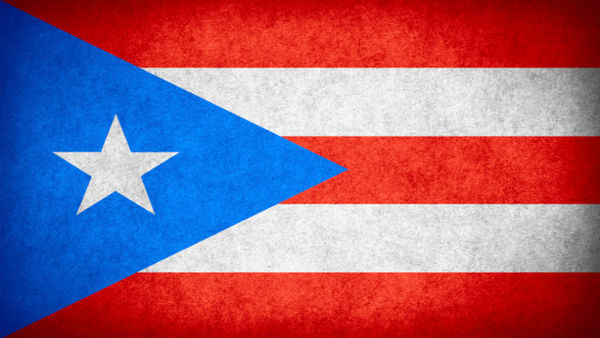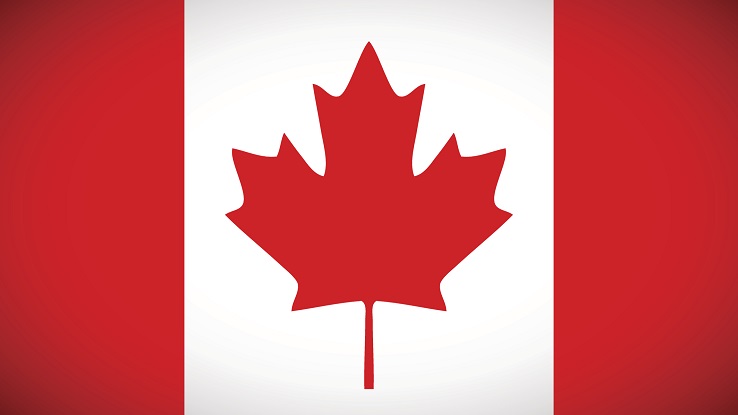The U.S. Centers for Disease Control and Prevention (CDC) last week raised the possibility that the Zika virus could lead to hundreds of disability insurance claims, and even some long-term care insurance (LTCI) claims, involving non-pregnant adults in the continental United States.
CDC officials reported that public health authorities recorded 683 laboratory-confirmed Zika infections in Puerto Rico during the period from Nov. 1, 2015, through April 14.
News coverage of a widespread Zika outbreak in Brazil has focused mainly on the effects of the virus on fetuses. Authorities at the Pan-American Health Organization (PAHO) and the World Health Organization (WHO) estimated last week that Zika appears to have caused at least 91,387 confirmed infections in Brazil and at least 1,198 cases of microcephaly, or malformed heads, involving babies born to mothers who were exposed to Zika.
See also: Zika virus does cause birth defects
Public health officials have also talked, often more generally, about a somewhat less common complication: Guillain-Barré syndrome (CBS) cases linked to Zika infections.
In a patient who has GBS, the immune system attacks nerve cells and the sheaths around nerve cells.
Many patients recover fully from GBS, but the condition kills some patients and paralyzes others. When Dutch researchers studied the cost of treating 397 patients with the syndrome identified at European hospitals, they had to exclude three patients from the study because those patients died within one week of being identified. Only about 40 percent of the patients in the study could walk more than 30 meters in an open space unaided four weeks after they were identified.
The United States normally has about one or two cases of GBS per 100,000 residents per year.
When CDC officials released the new Zika data for Puerto Rico, they said they knew of five people in Puerto Rico who tested positive for Zika and had developed GBS.
In other reports, CDC officials have said that mosquitos capable of carrying the Zika virus are already present in at least 30 U.S. states, as well as in Puerto Rico.
One problem with knowing what those numbers mean for the GBS rate among adults living in the continental statess that it's hard to know whether current or past Zika infection patterns will repeat themselves, or even what the full infection numbers really are, either in the United States or other countries.
For a look at some of the numbers that are available, read on.

1. Guillain-Barré syndrome in French Polynesia, Brazil and other non-U.S. locations.
Physicians first noticed Zika virus in the 1940s. Most cases were "subclinical," meaning that the patients had no noticeable symptoms, and most of the other cases were mild.
Starting around 2007, another, somewhat more noticeable wave of Zika virus infections appeared to coincide with a spike in GBS cases in French Polynesia. Public health authorities had a hard time proving that Zika was directly responsible for the GBS cases, and about 80 percent of the Zika cases in French Polynesia were subclinical. But Zika appeared to infect about 73 percent of all French Polynesian residents ages three and older. The country recorded 42 GBS cases. That's the equivalent of about 16 GBS cases per 100,000 residents.
In Brazil, officials have talked about seeing a sharp increase in the number of people with GBS but have not published a national total.
In February, a reporter at the Independent, a United Kingdom news organization, talked to just four large hospitals and learned of 177 cases of GBS.
In another country, Suriname, PAHO figures suggest that about 1 percent of the patients with Zika known to public health officials are developing GBS.
Image: Vitalii Tkachuk

2. Guillain-Barré syndrome in Puerto Rico
Puerto Rico has a population of 3.5 million.
The current GBS numbers imply that the total population of Puerto Rico had an extra 0.14 GBS case per 100,000 residents in the past few months.
The country has had the equivalent of about 700 GBS cases per 100,000 confirmed Zika infections.
One question is what the ratio of confirmed cases to total infections is. A second question is what percentage of the population will end up with Zika, and a third is whether people who develop Zika later will be as likely to develop GBS. Robert Malone and other public health researchers suggested in a recent article in PLOS Neglected Tropical Diseases, a medical journal, that patients who have Zika may be more likely to develop GBS if some factor that is not known is present along with the Zika virus.
If Puerto Rico has the same ratio of known Zika infections to subclinical infections that people in French Polynesia have, its residents may have already had about 14,000 cases of Zika, and the actual rate of GBS for Zika patients there might be the equivalent of about 140 GBS cases per 100,000 Zika infections.
If those estimates are correct, it may be that only about 0.4 percent of the residents of Puerto Rico have had the Zika virus. If 10 percent of the people there get Zika, and the current ratio of Zika infections to GBS cases holds, the commonwealth could end up with more than 100 GBS cases.
3. Guillain-Barré syndrome in the general U.S. population
The United States normally averages about 3,000 patients to 6,000 patients with Guillain-Barré syndrome per year, or about one or two per 100,000 residents, with typical medical treatment costs ranging from about $20,000 to $140,000 per patient, according to a RightDiagnosis.com summary of government condition impact data.
The United States has about 320 million residents.
If widespread Zika infections increased the incidence of GBS cases by about one per every 700,000 residents, that lead to more than 400 additional GBS cases.
If Zika increased the overall incidence of GBS to about one case per 70,000 residents, or about one tenth of the rate in French Polynesia, the United States could end up with more than 4,000 additional GBS cases.
Image: Vitalii Tkachuk
4. Guillain-Barré syndrome in Canadians who've recently had influenza.
Another way to put Zika-related GBS in context is to look at the data on GBS cases related to influenza and influenza vaccines.
In 2013, for example, J.C. Kwong and other researchers reported that, in Canada, the flu seems to lead to about 1.7 GBS hospital admissions per 100,000 cases of the flu, and a flu vaccination to about 0.1 GBS hospital admissions per 100,000 flu vaccinations.
Complete your profile to continue reading and get FREE access to BenefitsPRO, part of your ALM digital membership.
Your access to unlimited BenefitsPRO content isn’t changing.
Once you are an ALM digital member, you’ll receive:
- Breaking benefits news and analysis, on-site and via our newsletters and custom alerts
- Educational webcasts, white papers, and ebooks from industry thought leaders
- Critical converage of the property casualty insurance and financial advisory markets on our other ALM sites, PropertyCasualty360 and ThinkAdvisor
Already have an account? Sign In Now
© 2024 ALM Global, LLC, All Rights Reserved. Request academic re-use from www.copyright.com. All other uses, submit a request to [email protected]. For more information visit Asset & Logo Licensing.










